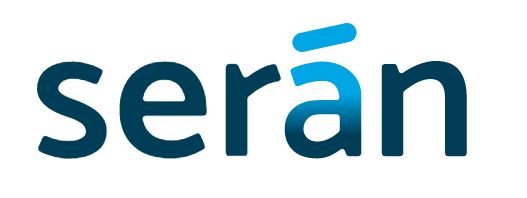When does an “electronic signature” qualify as 21 CFR Part 11 compliant?
Before exploring the key aspects of electronic signatures (addressed at the end of this article), let us clarify the primary requirements of the 21 CFR Part 11 regulations.
What are the 21 CFR Part 11 Requirements?
The 21 CFR Part 11 requirements refer to the criteria set by the United States Food and Drug Administration (FDA) for electronic data integrity in FDA-regulated industries, such as medical devices, biotechnology, and pharmaceutical companies. It is a part of Title 21 of the Code of Federal Regulations (CFR) and deals with the transition from paper-based records to electronic records in life science design and manufacturing. Industries regulated by the FDA must comply with 21 CFR Part 11 to ensure accurate electronic records and electronic signatures.
What does this mean?
21 CFR Part 11 Compliance means that companies in FDA-regulated industries must adhere to specific guidelines and requirements to ensure the integrity, authenticity, and confidentiality of their electronic records and electronic signatures. This compliance is crucial for maintaining data accuracy, reliability, and consistency in the pharmaceutical, biotechnology, and medical device industries.
In simpler terms, it means that when a company transitions from paper-based to electronic records, it must follow a set of rules established by the FDA. These rules ensure that electronic records and signatures are as trustworthy and reliable as paper-based equivalents.
Complying with 21 CFR Part 11 involves implementing various security measures, such as access controls, audit trails, policies, validation processes, and documentation practices. By adhering to these guidelines, companies can demonstrate to the FDA that their electronic records and signatures are secure, accurate, and reliable, thus ensuring the safety and effectiveness of their products.

What does this mean for my document management processes?
For your document management processes, 21 CFR Part 11 Compliance means that you must implement specific measures and procedures to ensure the integrity, authenticity, and confidentiality of your electronic records and signatures. These measures will help maintain data accuracy and reliability within your organization. Here are some key aspects to consider:
- Electronic Signatures: Establish processes for creating, verifying, and using electronic signatures. Ensure that electronic signatures are unique to each user, cannot be modified or replicated, and are linked to the signed record.
In addition to electronic signatures, there are, of course, more aspects essential to be compliant:
- Access Controls: Implement restricted access to your electronic records and systems to ensure only authorized personnel can access, modify, or delete records. This may involve setting up unique user IDs, passwords, and multi-factor authentication.
- Audit Trails: Maintain a secure and time-stamped audit trail for all actions related to electronic records. This includes tracking changes, additions, or deletions, along with the user responsible for each activity.
- Validation: Validate your document management system to ensure accuracy, reliability, and consistent performance. This may involve risk assessment, software testing, and periodic reviews.
- Record Retention: Store electronic records in a secure and retrievable format for the required retention period. Ensure that records can be easily accessed and reviewed by authorized personnel or regulatory authorities.
- Training: Train your employees on properly using the document management system and the importance of 21 CFR Part 11 Compliance. Regularly update your training programs to reflect any changes in regulations or technology.
- Policies and Procedures: Develop and maintain written policies and procedures for your document management processes, addressing the requirements of 21 CFR Part 11. Regularly review and update these policies to ensure ongoing compliance.
By addressing these major aspects in your document management processes, you are on the correct path to ensuring compliance with 21 CFR Part 11 and maintaining the trustworthiness of your electronic records and signatures.
When does an “electronic signature” qualify to be 21 CFR Part 11 compliant?
An electronic signature qualifies as 21 CFR Part 11 compliant if it meets specific requirements established by the FDA. These requirements include
- Uniqueness: The electronic signature must be unique to each individual user and not shared or reused by other users.
- Verification: The identity of the individual must be verified before an electronic signature can be established.
- Binding: The electronic signature must be linked to the signed record in a way that prevents tampering or manipulation.
- Certification: Companies using electronic signatures must certify to the FDA that their system’s electronic signatures are intended to be the legally binding equivalent of traditional handwritten signatures.
- Printed Name: The electronic signature must include the printed name of the signer.
- Date and Time: The electronic signature must include the date and time the signature was executed.
- Unique User ID: The electronic signature must include a unique user ID.
- Signing Reason: The electronic signature must include the meaning or purpose of the signature (e.g., approval, review, etc.).
By meeting these requirements, an electronic signature can be considered 21 CFR Part 11 compliant, ensuring the integrity and authenticity of electronic records in FDA-regulated industries.
If you are uncertain about the compliance of your electronic Quality Management System (eQMS) or existing software with electronic signature requirements, or if you seek a solution to maintain compliance, please do not hesitate to contact us. Our team of experts is readily available to assist you.




